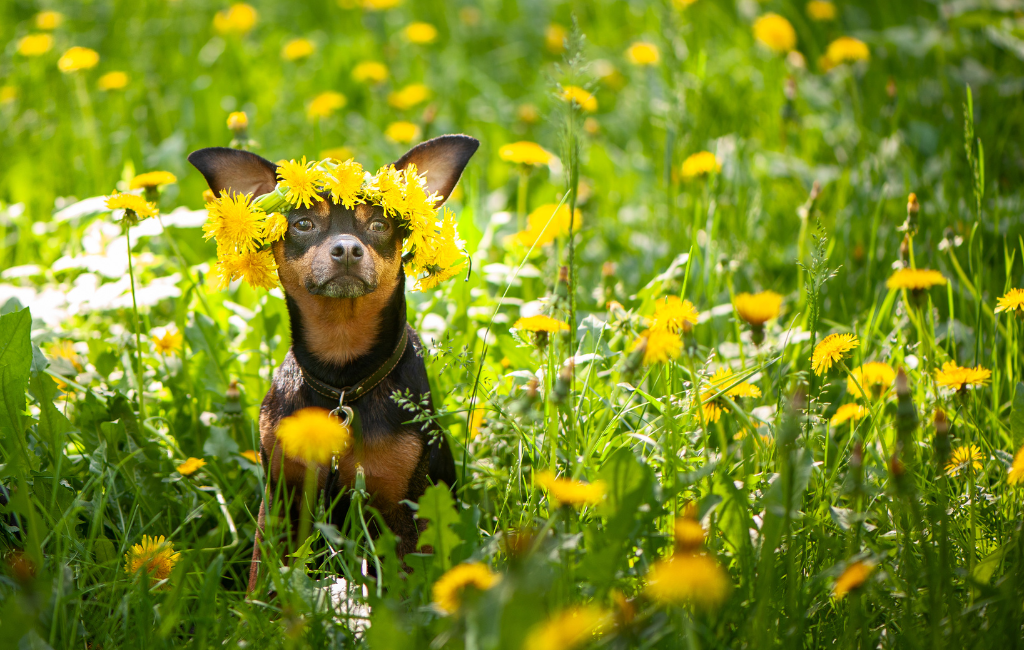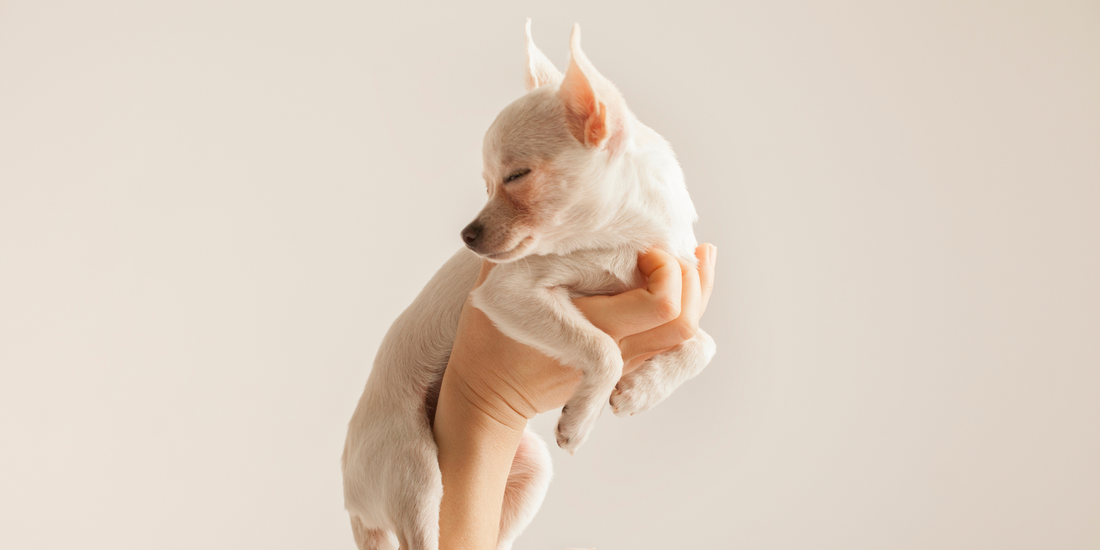Dogs come in all shapes and sizes, and it's fascinating to see the wide variety within the same species. For instance, mastiffs can be as tall as of 36 inches at the shoulder and weigh over 200 pounds, while other dogs stand under 10 inches and weigh less than 10 pounds. Here are 37 of the world's smallest dogs and tiny dog breeds that stay small, which include dogs that are under 15 inches tall and/or weigh less than 20 pounds at their maximum.
Pros And Cons Of Small Dogs
Like dogs of any size, owning a small dog has its advantages and disadvantages. It ultimately comes down to personal preference. Here are the pros and cons of smaller dogs:
Pros
- They fit into small spaces, such as apartments.
- They are easier to travel with, whether you're taking them on a day outing or a full-blown vacation.
- They typically have longer lifespans.
- They are more economical and generally less expensive.
- They tend to require less exercise.
- They are easier to control and not as strong (e.g., pulling on walks is more manageable).
- Everything about them is smaller (e.g., accidents, poop, teeth, body, etc.), making cleaning up, grooming, dental care, etc. easier.
Cons
- They are more sensitive to cold temperatures, and often require extra care and cold weather clothing.
- Their smaller, more fragile bones and bodies require extra care and attention when handling, petting, grooming, etc.
- They can be more stubborn and not as easy to train.
- They may be more anxious and tend to become more aggressive when anxious.
- They are not always the best with children since they can be too rough.
- They tend to bark more and are more prone to becoming problem barkers.
- They can be less social and more defensive, especially around larger beings like bigger dogs (e.g., small dog syndrome).
- They tire out more easily, so they may not be suitable for more active owners.
- They are more prone to dental disease, teeth issues, and kneecap problems.
- Treats and toys need to be the proper size to avoid choking hazards or inability to use.
- Due to their fast metabolisms, small dogs typically need to eat smaller meals more frequently.
Smallest Dog Breeds
1. Affenpinscher

20. Miniature Dachshund

Average height: 4 – 7 inches
Average weight: 10 – 12 pounds
The Dachshund (also known as the Doxie, Wiener Dog, and Sausage Dog) originated in Germany, dating back around 600 years. Their name translates to "badger dog," which reflects their original purpose as badger hunters. They were also skilled at hunting other rodents, particularly burrow-dwelling creatures like rats and rabbits, as well as foxes and wild boar (in packs). The breed comes in two sizes, each serving different purposes - standard Dachshunds weigh around 30 pounds and were used to hunt larger game, while miniature Dachshunds weigh around 11 pounds and were used for smaller game.
The exact ancestry of the Dachshund is unknown, although smooth and long-haired Dachshunds existed before wire-haired ones, which were bred in the late 19th century. It is believed that Dachshunds descended from a mix of hounds and terriers from Germany, France, and England. Other breeds have been speculated in their lineage, especially considering the coat varieties. These include German Shorthaired and Wirehaired Pointers, Pinschers, Bloodhounds, Basset Hounds, Spaniels, Schnauzers, Scottish Terriers, and Dandy Dinmont Terriers.
The Dachshund's unique body shape was specifically designed for its work underground. The distinctive long and low body allowed them to navigate through tunnels. Their floppy ears protected their ear canals from dirt and debris, while their curved tail enabled them to be seen in tall grass and easily pulled from a burrow if stuck. The different coat varieties were also purposefully bred for specific environments and tasks, with wire coats allowing for work in thorny areas and long coats providing insulation in colder climates. Additionally, their hound-like howl served as a means for their human hunting companions to locate them when underground.
32. Silky Terrier

Average height: 9 – 10 inches
Average weight: 8 – 11 pounds
Often mistaken for Yorkshire or Australian Terriers, Silky Terriers are their own distinctive breed, although the three are closely related. This is because Australian breeders used Yorkies and Aussies prominently when developing the Silky in the early 20th century. As a result, Silkies are larger than Yorkies but smaller than Aussies. Other breeds thought to be involved include Cairn, Skye, and Dandie Dinmont Terriers. They were initially called "the Sydney Silky" (as they were primarily from Sydney), but are now referred to as the Australian Silky Terrier in their native home and simply as the Silky Terrier in North America. Although originally bred to be companion dogs, Silkies do have a prey drive (they are known for killing snakes in Australia) and may display some digging tendencies.
34. Toy Manchester Terrier

Average height: 10 – 12 inches
Average weight: 10 – 12 pounds
The Toy Manchester Terrier originates from England. In the mid-1800s, local mill workers enjoyed two pastime sports: rabbit hunting and rat killing (where people bet on dogs set loose in a pit of rats). Breeders sought to develop a dog that could serve both purposes, so they crossed the ratter Black and Tan Terrier with the Whippet to create a distinct Manchester Terrier. During the Victorian Era, the Standard Manchester Terrier was considered a gentleman's companion, as women desired a smaller dog. By breeding the smallest Standard Manchesters together, a miniature version was created. Thus, the Toy Manchester Terrier emerged as a separate breed until 1959. Since then, the two varieties have become one breed, the Manchester Terrier, with the Toy and Standard as its two varieties. The AKC, however, categorizes the two varieties into separate breed groups, with the Standard in the Terrier Group and the Toy in the Toy Group.


































